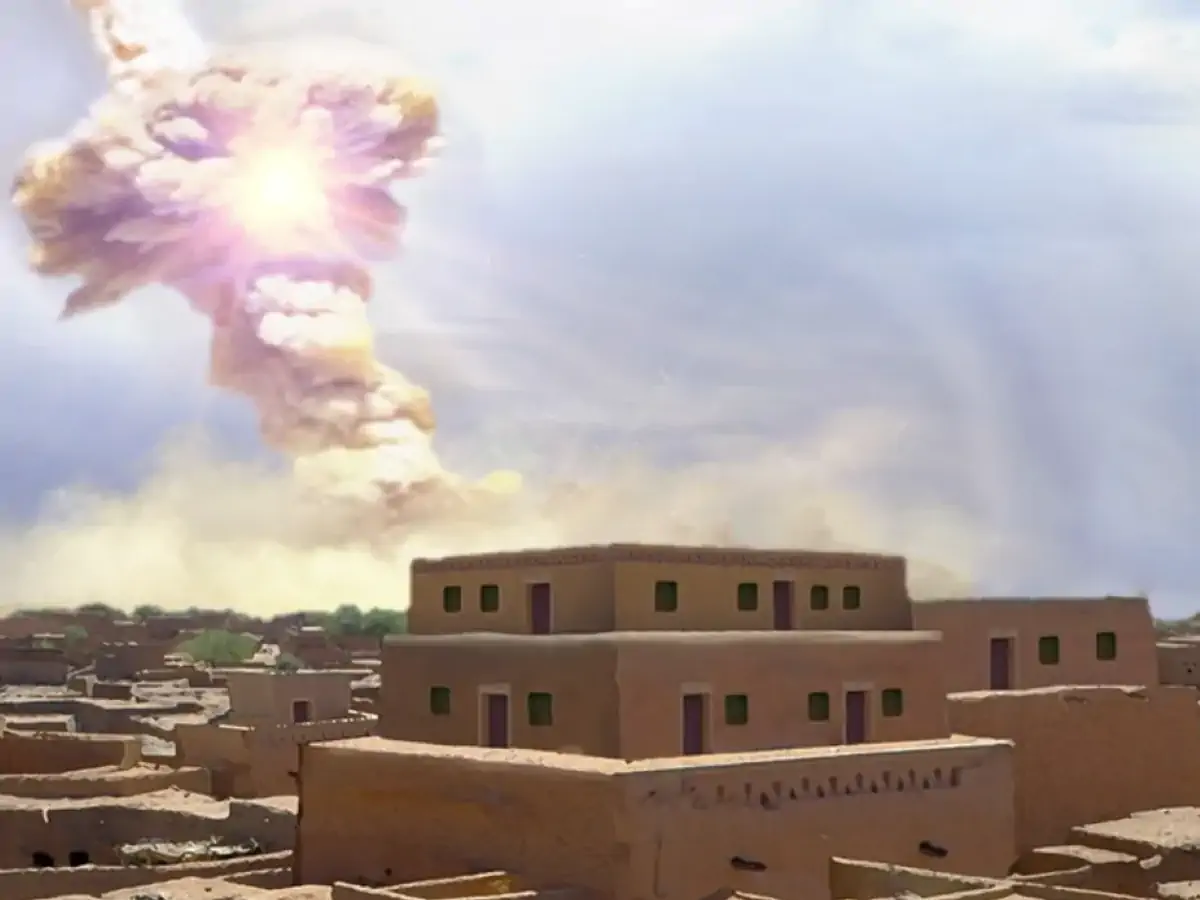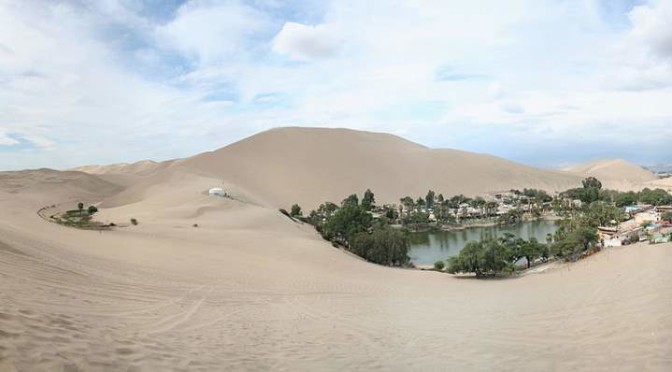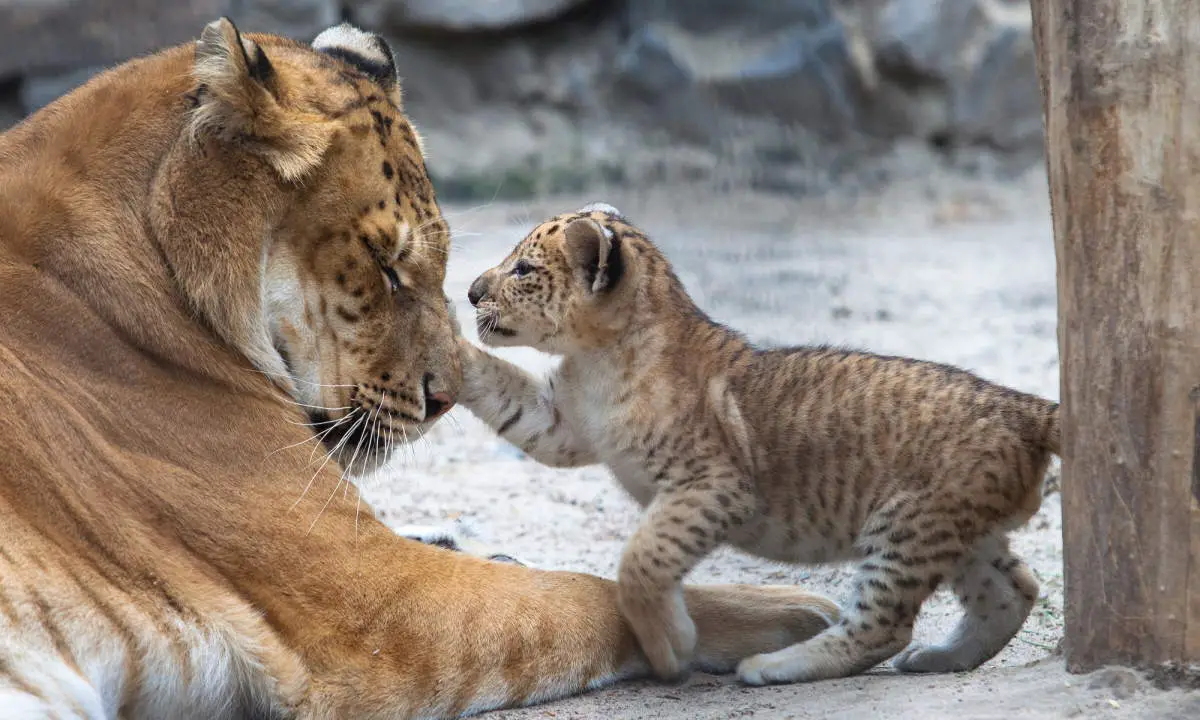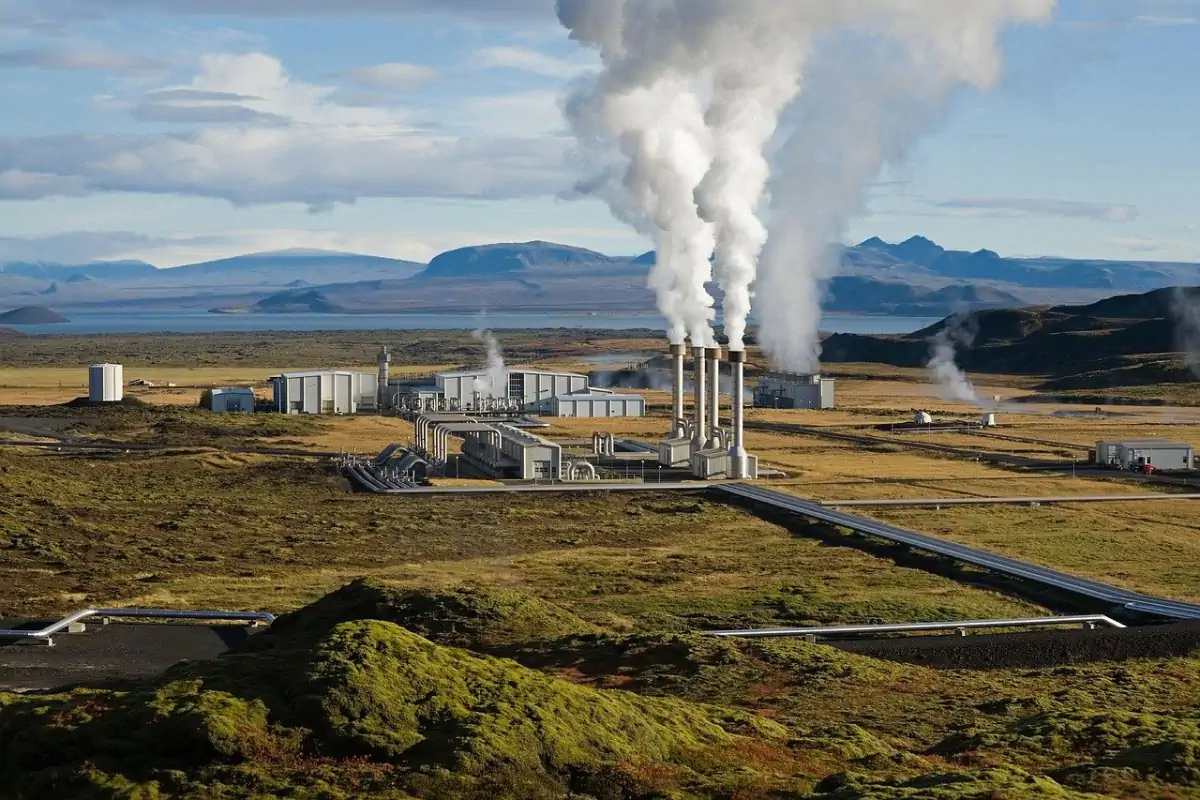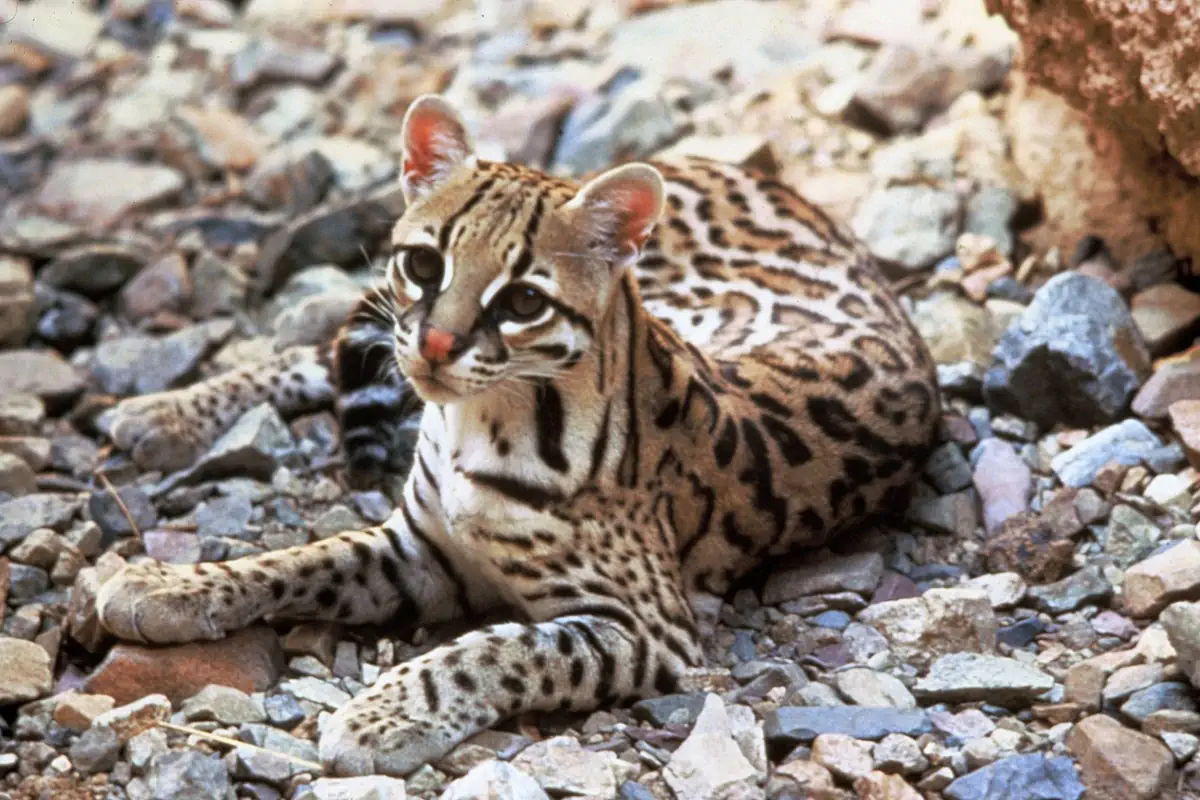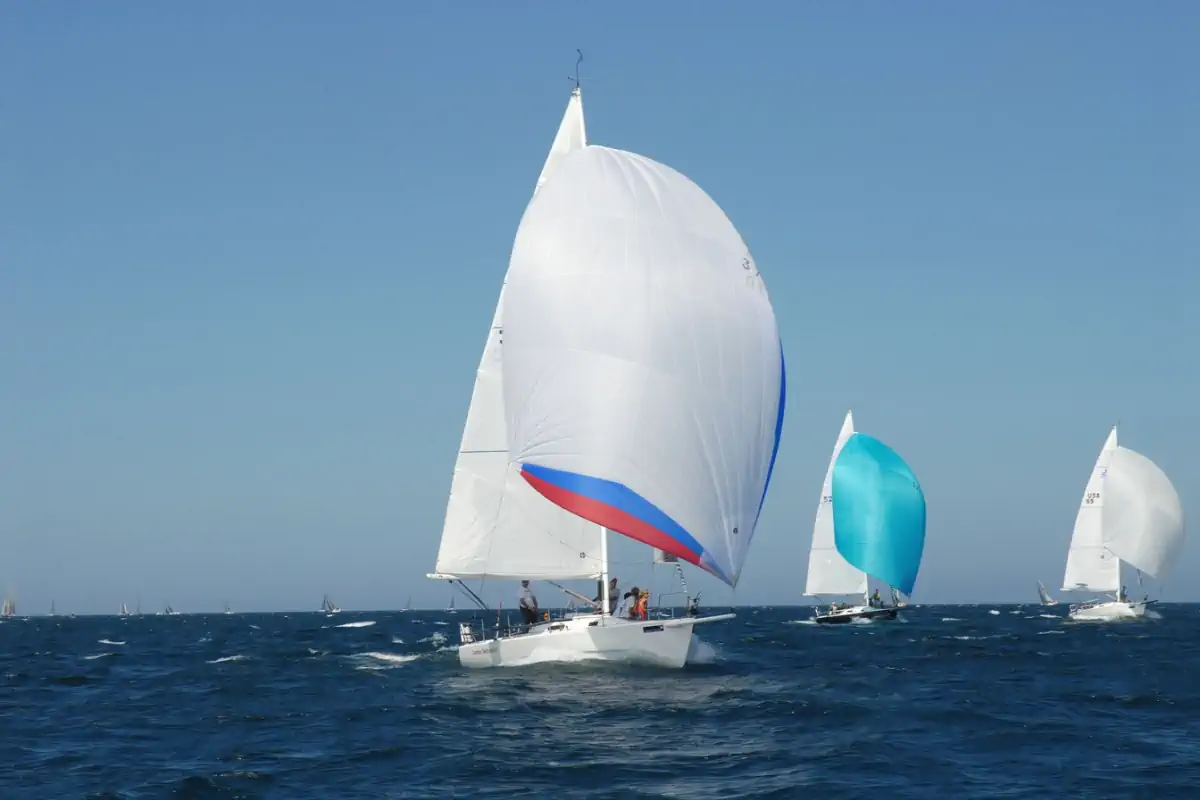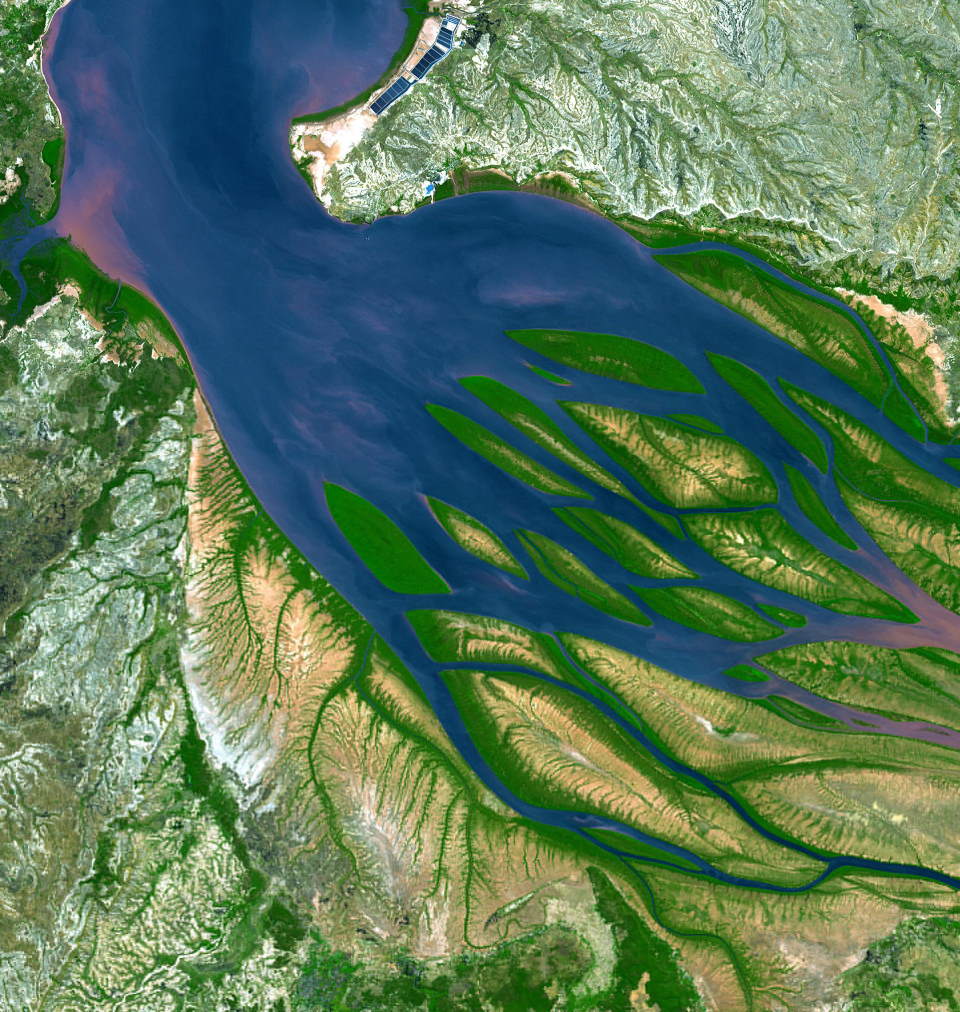Like crocodiles, snakes also suffer from a prevalence of “big fish” stories and over-exaggeration in the internet era. In fact, it is very difficult to measure how large actually a snake is, especially if it’s really big. So, how big are the longest snakes actually? Here’s the list of the largest snakes in the world.
Continue reading “Largest Snakes in the World [No BS list!]”10 Amazing Caracal Facts
Caracal (scientific name: Caracal caracal) is a medium-sized cat that has characteristic long tufted ears. They are native to Africa, the Middle East, Central Asia, and arid areas of Pakistan and northwestern India.
Caracal is also called the “desert lynx”, but they actually do not really look like a lynx. They have longer legs, a more slender body, and their tail is considerably longer than true lynx. Only their big, muscle, and powerful hind legs actually resemble the lynx. Here are 10 amazing caracal facts.
Continue reading “10 Amazing Caracal Facts”Mir Space Station
Mir Space Station that operated in low Earth orbit from 1986 to 2001 became a legend in its own time reflecting Russia’s past space glories and her future as a leader in space.
Continue reading “Mir Space Station”A meteor strike wiped out an ancient city 3,600 years ago
As the inhabitants of an ancient Middle Eastern city now called Tall el-Hammam went about their daily business one day about 3,600 years ago, they had no idea an unseen icy space rock was speeding toward them at about 38,000 mph (61,000 kph).
Christopher R. Moore, University of South Carolina
Continue reading “A meteor strike wiped out an ancient city 3,600 years ago”Designing for Water Conservation in Arid Climates
Climate changes are making pre-existing water shortages in dry climates even more severe. Drought conditions make life challenging for all beings, but as humans, we can take action to ensure the homes and buildings we construct are designed to conserve water for all plants, animals, and people that need it.
Of course, massive action is best for our planet. Though personal efforts may make a difference over time, large-scale changes are necessary to preserve the global water supply. Before we explore the green infrastructure designs for water conservation in arid climates, we must assess the challenges they counter.
Continue reading “Designing for Water Conservation in Arid Climates”20 Amazing Liger Facts [Lion-Tiger hybrids]
Liger is the largest cat that ever lived on Earth (including extinct cats). Even the mighty (now extinct) saber-toothed tiger was not that big. Here are 20 amazing liger facts.
Continue reading “20 Amazing Liger Facts [Lion-Tiger hybrids]”Debunking Myths About Geothermal Energy
The demand for clean energy is increasing as more people adopt eco-conscious values. The media portrays solar power as the industry leader, leaving other renewable electricity forms in the dark. Before investing in emissionless power sources, it is essential to evaluate their differences and consumer benefits.
Continue reading “Debunking Myths About Geothermal Energy”10 Amazing Ocelot Facts
Ocelot (scientific name: Leopardus pardalis) is a medium-sized spotted wild cat. It is about twice the size of a typical housecat. The Ocelot is native to Mexico, Central and South America, the southwestern United States, and to the Caribbean islands of Trinidad and Margarita. They occupy tropical forests, mangrove forests, savanna grasslands, coastal swamps, and thorny plains.
Ocelot is also known as the dwarf leopard because of its unique color patterns. Here are 10 amazing ocelot facts.
Continue reading “10 Amazing Ocelot Facts”What creates the wind?
The wind is caused by the differences in air pressure. These atmospheric pressure differences are created by the uneven heating of the Earth (or any planetary body which have an atmosphere, see notes 1) by the Sun.
Continue reading “What creates the wind?”Bombetoka Bay: top 5 most amazing photos from space
Bombetoka Bay is a bay on the northwestern coast of Madagascar, where the Betsiboka River flows into the Mozambique Channel. It is near the city of Mahajanga, a popular tourist destination, and also an administrative district on the northwest coast of Madagascar. Here are the 5 most amazing photos of Bombetoka Bay from space.
Continue reading “Bombetoka Bay: top 5 most amazing photos from space”


